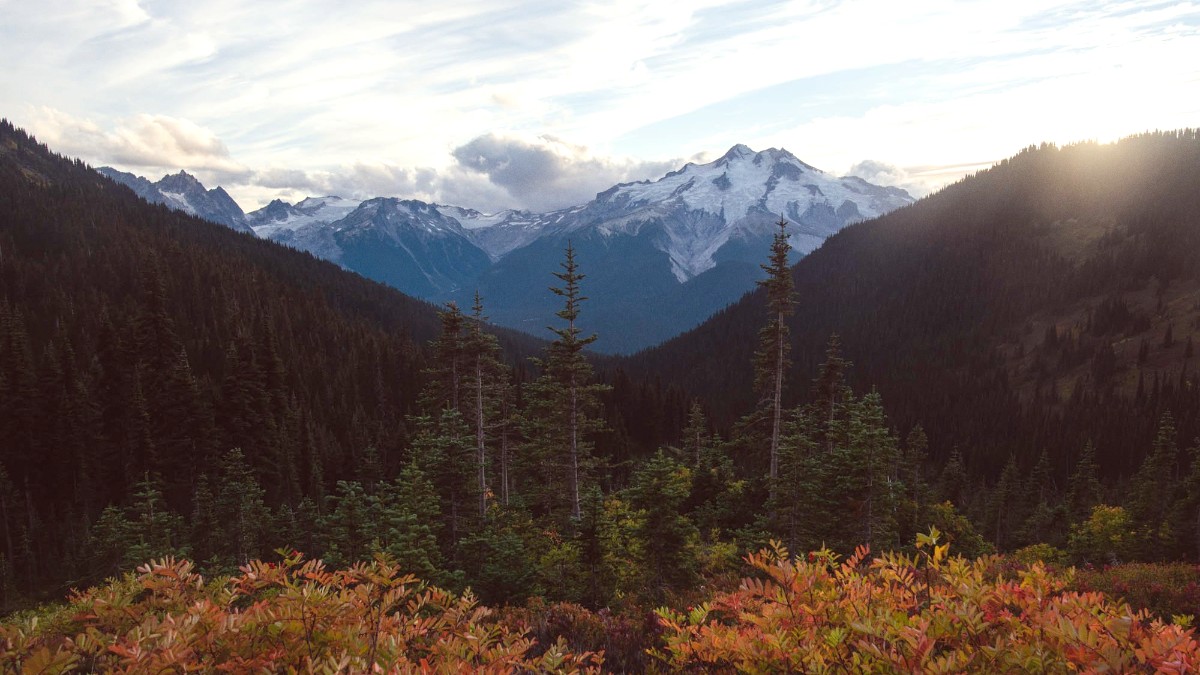
Pacific Northwest, USA
Olympic National Park covers nearly a million acres, dominating the Olympic Peninsula in northwest Washington State. Its geography is remarkable, shaped by glaciers and the Pacific Ocean. The park divides into three main areas, each with its own character.
Plan your driving times with care. The park is large, and travel between the mountains, rainforest, and coast takes time on winding roads.
Consider obtaining a physical map for navigation, as cellular service is limited in many park areas.
The Olympic Mountains formed from uplifted oceanic crust, a process continuing today. Glaciers carved the valleys and lakes, leaving behind the striking landscapes seen.
President Grover Cleveland protected the Olympic Forest Reserve in 1897. President Theodore Roosevelt designated Mount Olympus National Monument in 1909 to protect Roosevelt elk herds. In 1938, President Franklin D. Roosevelt signed the bill establishing Olympic National Park. The park's wilderness designation in 1988 further protected over 95% of its land.
For thousands of years, Native American tribes including the Quinault, Hoh, Makah, Quileute, Elwha Klallam, and Jamestown S'Klallam lived on this land.
These tribes thrived, relying on the rich natural resources of the forests, rivers, and ocean.
Evidence of their long presence, like ancient village sites, lies within the park's boundaries, though many areas remain protected and not publicly accessible.
Visiting nearby tribal cultural centers offers valuable insight into their heritage.
Two dams on the Elwha River saw removal, completed in 2014, in a recent, remarkable conservation effort. This project, the largest dam removal in U.S. History, brought back the river's natural flow; salmon returned to ancestral spawning grounds for the first time in a century. This ongoing ecological recovery shows the value of conservation and the park's dedication to natural process restoration.
The park expanded through various presidential proclamations and congressional acts. This act preserved the diverse ecosystems, recognizing the need to protect the low-elevation forests, not just the mountains, from widespread logging.
A major ecological recovery effort involved the removal of two dams on the Elwha River, completed in 2014. This project, the largest dam removal in U.S. History, restored the river's natural flow, allowing salmon to return to their ancestral spawning grounds for the first time in a century.
The park's wilderness designation in 1988 further protected over 95% of its land, ensuring its wild character for generations. This act recognized the need to protect all diverse ecosystems, not just the mountains.
The historical narrative of Olympic National Park highlights a long-standing commitment to preserving its unique natural and cultural heritage.
Olympic National Park displays a microcosm of the Pacific Northwest's wild beauty. Here is a quick look at what makes this park a destination for many travelers.
From high mountain peaks to verdant valleys and crashing ocean waves, Olympic National Park features a journey through diverse natural wonders. Prepare for a trip that connects you to the wild heart of the Pacific Northwest.
Olympic Peninsula, Washington State, USA. Nearly 1 million acres.
UNESCO World Heritage Site, International Biosphere Reserve, over 95% designated wilderness.
Glaciated mountains, temperate rainforests, and a rugged Pacific coastline.
Explore iconic locations and enjoy diverse outdoor pursuits.